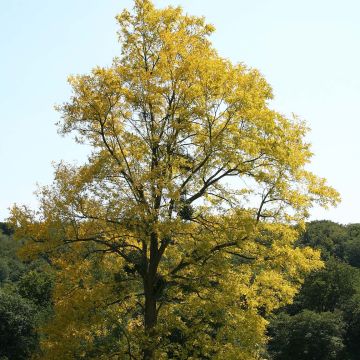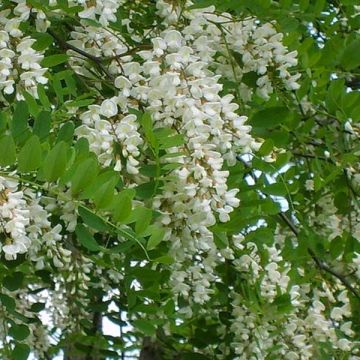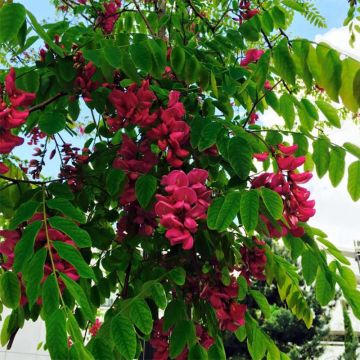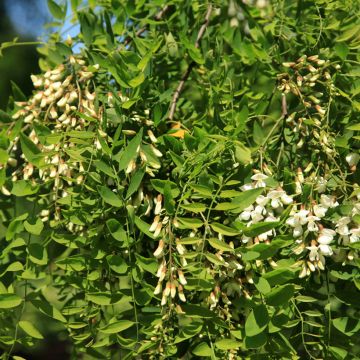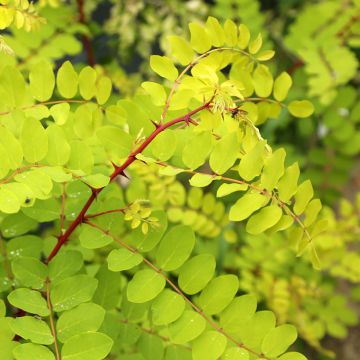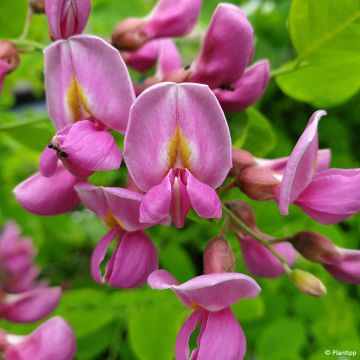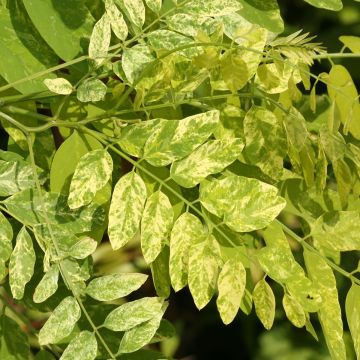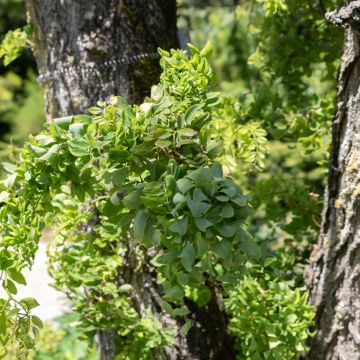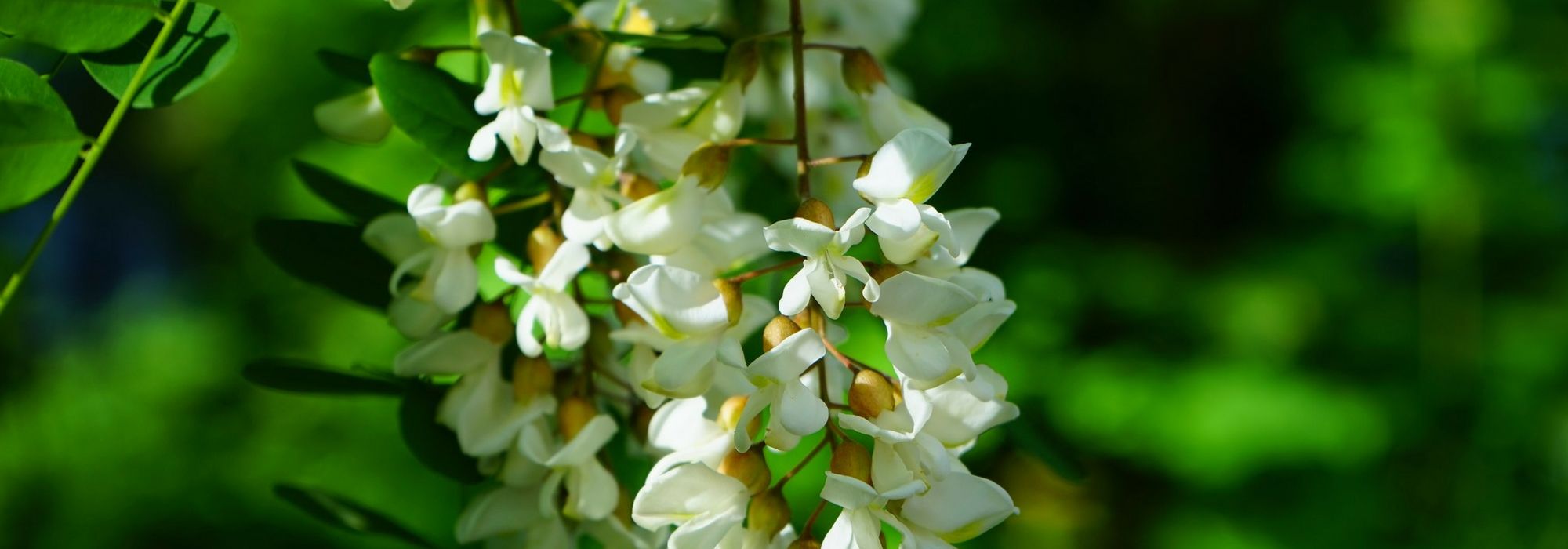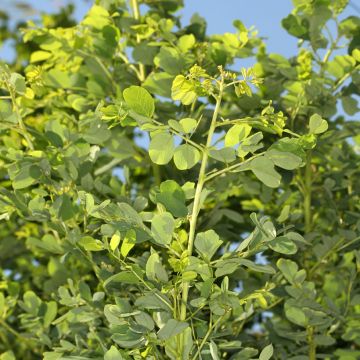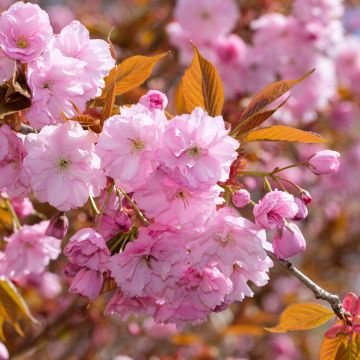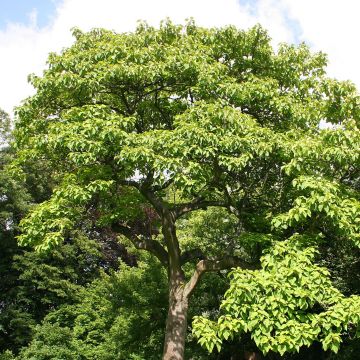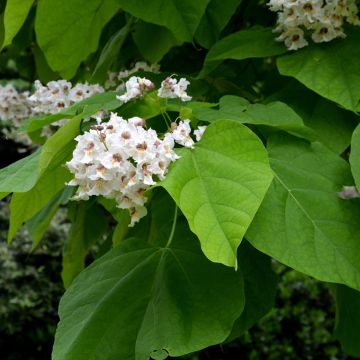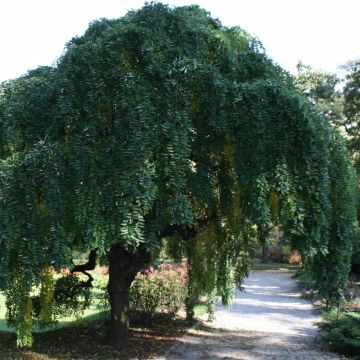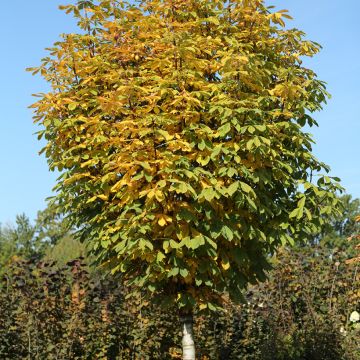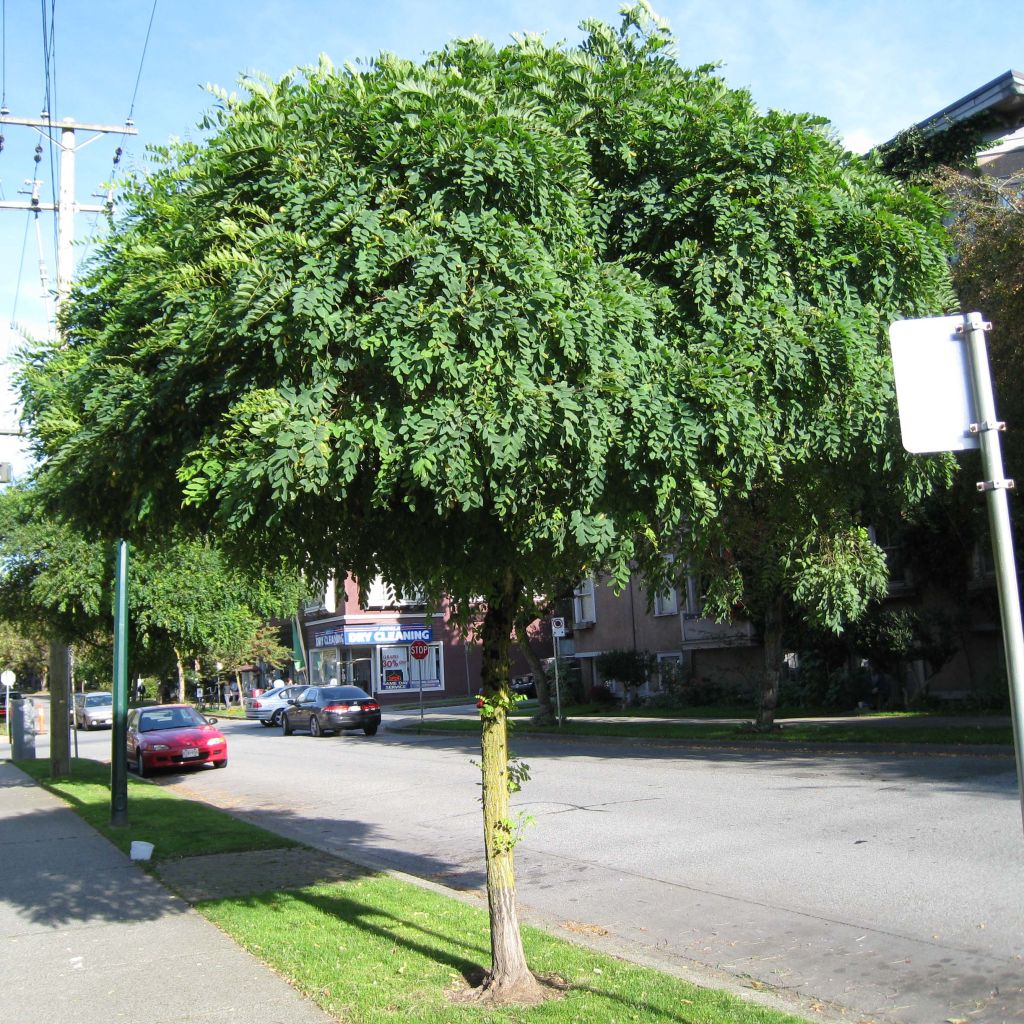

Robinia pseudoacacia Umbraculifera - Parasol Acacia
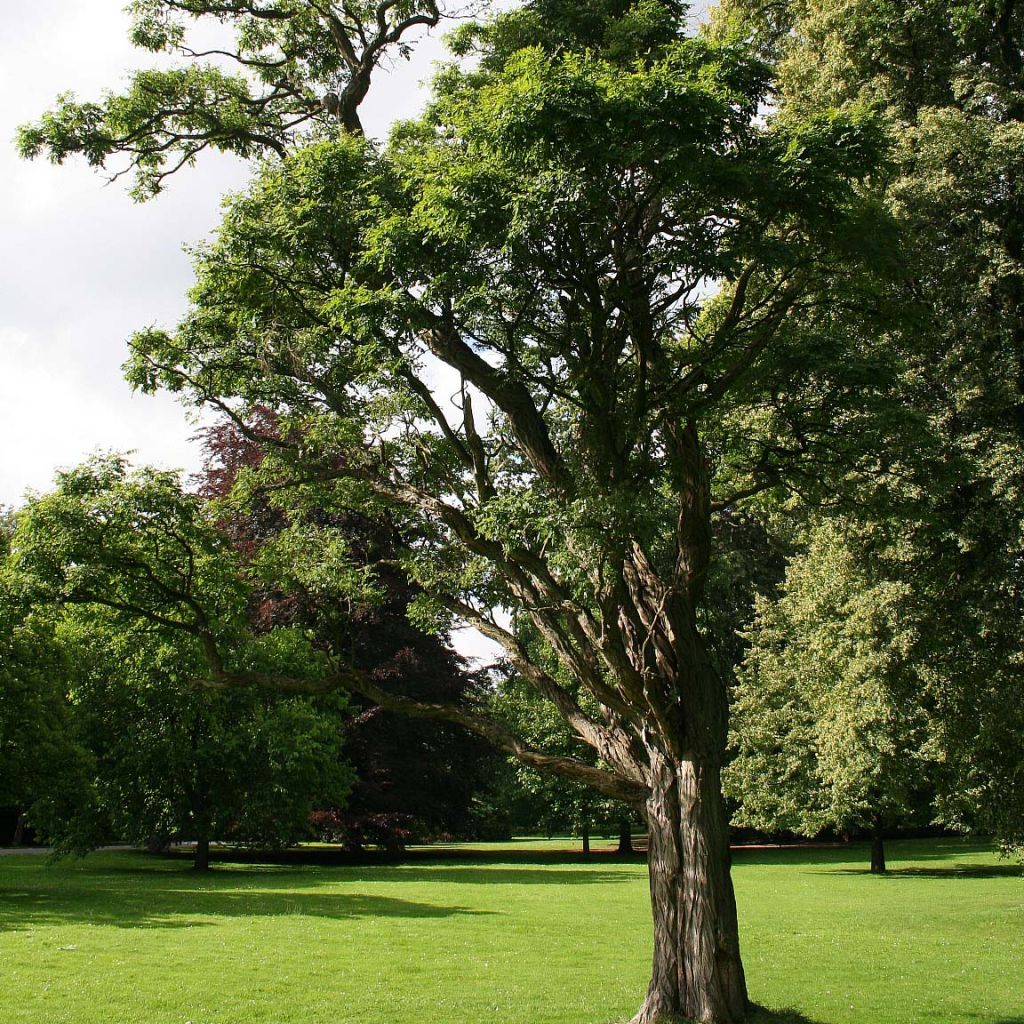

Robinia pseudoacacia Umbraculifera - Parasol Acacia
Robinia pseudoacacia Umbraculifera - Parasol Acacia
Robinia pseudoacacia Umbraculifera
Parasol acacia
I strongly advise against buying this tree. It has invaded my entire garden. It has killed all the plants around it. Its roots spread for several meters (7m (23ft)), invading my short grass meadow with prickly mini trees. Furthermore, there is a invasion of chafer beetles during flowering (every evening in June). The growth and spreading are extremely fast! Stay away!
rémy, 14/03/2023
Special offer!
Receive a €20 voucher for any order over €90 (excluding delivery costs, credit notes, and plastic-free options)!
1- Add your favorite plants to your cart.
2- Once you have reached €90, confirm your order (you can even choose the delivery date!).
3- As soon as your order is shipped, you will receive an email containing your voucher code, valid for 3 months (90 days).
Your voucher is unique and can only be used once, for any order with a minimum value of €20, excluding delivery costs.
Can be combined with other current offers, non-divisible and non-refundable.
Why not try an alternative variety in stock?
View all →This plant carries a 24 months recovery warranty
More information
We guarantee the quality of our plants for a full growing cycle, and will replace at our expense any plant that fails to recover under normal climatic and planting conditions.
Would this plant suit my garden?
Set up your Plantfit profile →
Description
Robinia pseudoacacia 'Umbraculifera' is a small tree with a straight trunk topped by a ball of foliage. Widely planted by urban landscapers in the 1960s-1970s, it is grafted as a half-standard and naturally develops a globular and dense crown. Its foliage appears late in spring, and it is one of the last trees to lose its leaves in autumn. This non-flowering variety is cultivated for its regular and classic architecture, which structures small well-kept gardens and works wonders in parks. This locust tree owes its success to its great ease of cultivation in any soil and under almost all our climates, except in excessively windy regions.
'Umbraculifera' is an Austrian horticultural creation dating back to 1811, derived from Robinia pseudoacacia, native to the Eastern U.S.A. It belongs to the Fabaceae family, which are capable of assimilating atmospheric nitrogen at their roots, so they do not need soil rich in organic matter to develop. 'Umbraculifera', with a smaller spread than the species, naturally displays a spherical, dense, and regular habit, conducive to bird nesting. If not grafted on a stem, it will form a ball at ground level. This variety is most commonly sold grafted on top of Robinia pseudoacacia. It is a medium-longevity tree with relatively slow growth. It typically reaches an average height of 5 m (16.4 ft), with its very dense crown spreading over approximately 4 m (13.1 ft), slightly less if pruned. The bark is initially smooth, before taking on an interesting grey-brown colour and a somewhat fissured texture with age. The well-dense branching is composed of slender, relatively brittle branches, reddish-brown in colour, and non-thorny. Its deciduous leaves, 15 cm (5.9 in) long, are divided into 9 to 21 ovoid leaflets, slightly smaller than those of the species. They are decorative, transitioning from dark green in spring and summer to yellow in autumn. Note that this locust tree does not age well after severe and repeated pruning.
This 'Umbraculifera' locust tree is suitable for both small and large gardens, but it is not recommended for situations exposed to strong winds. It is ideally planted as a standalone tree in a small urban garden, in the centre of a well-kept bed composed, for example, of ground-cover roses, boxwood, creeping Japanese spindles, or Lonicera nitida. It does not hinder the growth of other plants, as its shadow is not significant. However, its relatively shallow root system draws water in summer. Consequently, it is preferable to choose plants that are not water-demanding or to plant outside the perimeter delimited by its crown.
Note: The root system of the rootstock (Robinia pseudoacacia) tends to sucker easily, following severe pruning or injuries to the roots. The suckers are thorny, just like the rootstock tree.
Robinia pseudoacacia Umbraculifera - Parasol Acacia in pictures
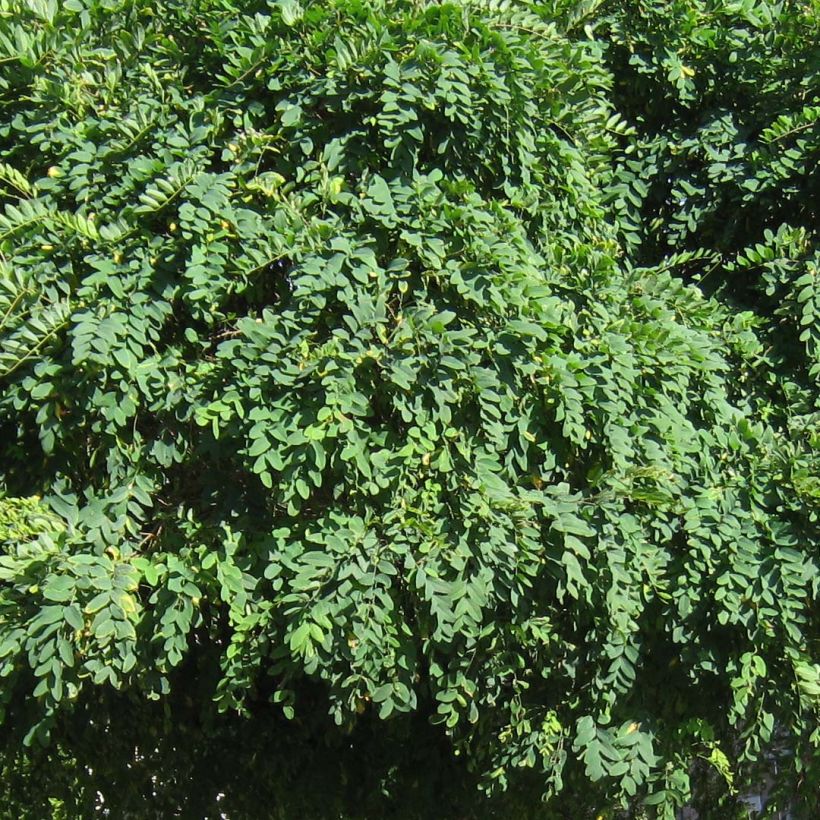

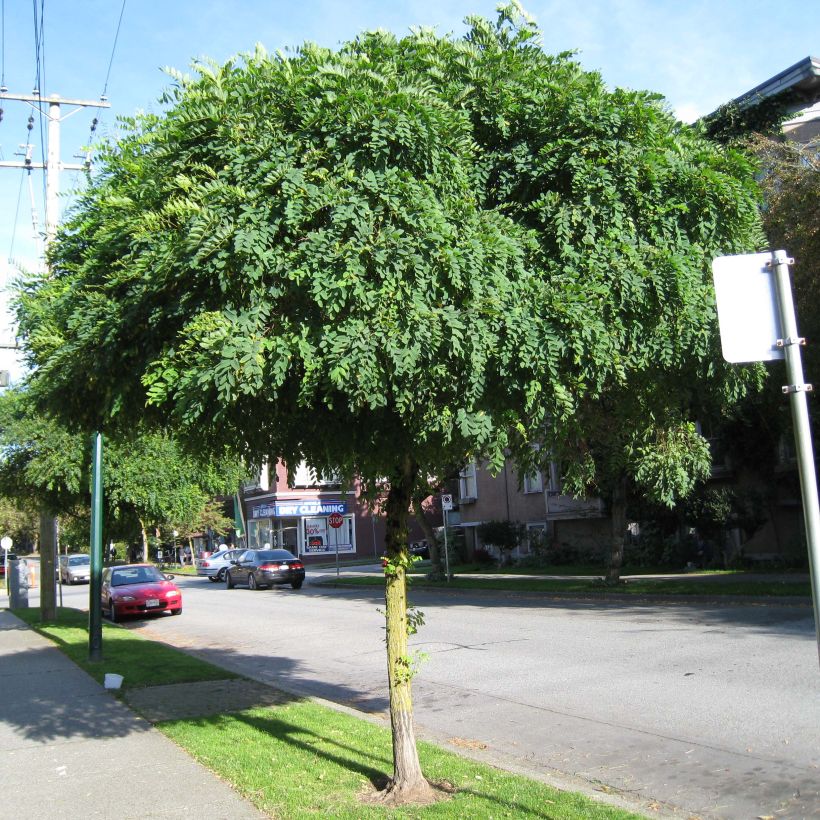

Plant habit
Foliage
Botanical data
Robinia
pseudoacacia
Umbraculifera
Papilionaceae
Parasol acacia
Cultivar or hybrid
Other Robinia - Black Locust
View all →Planting and care
Robinia pseudoacacia 'Umbraculifera' is easy to grow in all regions. It thrives in the sun, sheltered from strong winds and salt spray as its branches are brittle and the wind can damage its flowering. The soil should be light and well-drained, even poor, preferably moist although this variety tolerates summer drought once established. It fears heavy and clayey soils, which suffocate the roots. Its resistance to atmospheric pollution is excellent, making it valuable in urban areas. Prune moderately from August to October by removing dead or weak wood to prevent sap flow. Watch out for voles that love bark and attack the base of plants.
Planting period
Intended location
Care
Planting & care advice
-
, onOrder confirmed
Reply from on Promesse de fleurs
Similar products
Haven't found what you were looking for?
Hardiness is the lowest winter temperature a plant can endure without suffering serious damage or even dying. However, hardiness is affected by location (a sheltered area, such as a patio), protection (winter cover) and soil type (hardiness is improved by well-drained soil).

Photo Sharing Terms & Conditions
In order to encourage gardeners to interact and share their experiences, Promesse de fleurs offers various media enabling content to be uploaded onto its Site - in particular via the ‘Photo sharing’ module.
The User agrees to refrain from:
- Posting any content that is illegal, prejudicial, insulting, racist, inciteful to hatred, revisionist, contrary to public decency, that infringes on privacy or on the privacy rights of third parties, in particular the publicity rights of persons and goods, intellectual property rights, or the right to privacy.
- Submitting content on behalf of a third party;
- Impersonate the identity of a third party and/or publish any personal information about a third party;
In general, the User undertakes to refrain from any unethical behaviour.
All Content (in particular text, comments, files, images, photos, videos, creative works, etc.), which may be subject to property or intellectual property rights, image or other private rights, shall remain the property of the User, subject to the limited rights granted by the terms of the licence granted by Promesse de fleurs as stated below. Users are at liberty to publish or not to publish such Content on the Site, notably via the ‘Photo Sharing’ facility, and accept that this Content shall be made public and freely accessible, notably on the Internet.
Users further acknowledge, undertake to have ,and guarantee that they hold all necessary rights and permissions to publish such material on the Site, in particular with regard to the legislation in force pertaining to any privacy, property, intellectual property, image, or contractual rights, or rights of any other nature. By publishing such Content on the Site, Users acknowledge accepting full liability as publishers of the Content within the meaning of the law, and grant Promesse de fleurs, free of charge, an inclusive, worldwide licence for the said Content for the entire duration of its publication, including all reproduction, representation, up/downloading, displaying, performing, transmission, and storage rights.
Users also grant permission for their name to be linked to the Content and accept that this link may not always be made available.
By engaging in posting material, Users consent to their Content becoming automatically accessible on the Internet, in particular on other sites and/or blogs and/or web pages of the Promesse de fleurs site, including in particular social pages and the Promesse de fleurs catalogue.
Users may secure the removal of entrusted content free of charge by issuing a simple request via our contact form.
The flowering period indicated on our website applies to countries and regions located in USDA zone 8 (France, the United Kingdom, Ireland, the Netherlands, etc.)
It will vary according to where you live:
- In zones 9 to 10 (Italy, Spain, Greece, etc.), flowering will occur about 2 to 4 weeks earlier.
- In zones 6 to 7 (Germany, Poland, Slovenia, and lower mountainous regions), flowering will be delayed by 2 to 3 weeks.
- In zone 5 (Central Europe, Scandinavia), blooming will be delayed by 3 to 5 weeks.
In temperate climates, pruning of spring-flowering shrubs (forsythia, spireas, etc.) should be done just after flowering.
Pruning of summer-flowering shrubs (Indian Lilac, Perovskia, etc.) can be done in winter or spring.
In cold regions as well as with frost-sensitive plants, avoid pruning too early when severe frosts may still occur.
The planting period indicated on our website applies to countries and regions located in USDA zone 8 (France, United Kingdom, Ireland, Netherlands).
It will vary according to where you live:
- In Mediterranean zones (Marseille, Madrid, Milan, etc.), autumn and winter are the best planting periods.
- In continental zones (Strasbourg, Munich, Vienna, etc.), delay planting by 2 to 3 weeks in spring and bring it forward by 2 to 4 weeks in autumn.
- In mountainous regions (the Alps, Pyrenees, Carpathians, etc.), it is best to plant in late spring (May-June) or late summer (August-September).
The harvesting period indicated on our website applies to countries and regions in USDA zone 8 (France, England, Ireland, the Netherlands).
In colder areas (Scandinavia, Poland, Austria...) fruit and vegetable harvests are likely to be delayed by 3-4 weeks.
In warmer areas (Italy, Spain, Greece, etc.), harvesting will probably take place earlier, depending on weather conditions.
The sowing periods indicated on our website apply to countries and regions within USDA Zone 8 (France, UK, Ireland, Netherlands).
In colder areas (Scandinavia, Poland, Austria...), delay any outdoor sowing by 3-4 weeks, or sow under glass.
In warmer climes (Italy, Spain, Greece, etc.), bring outdoor sowing forward by a few weeks.






























